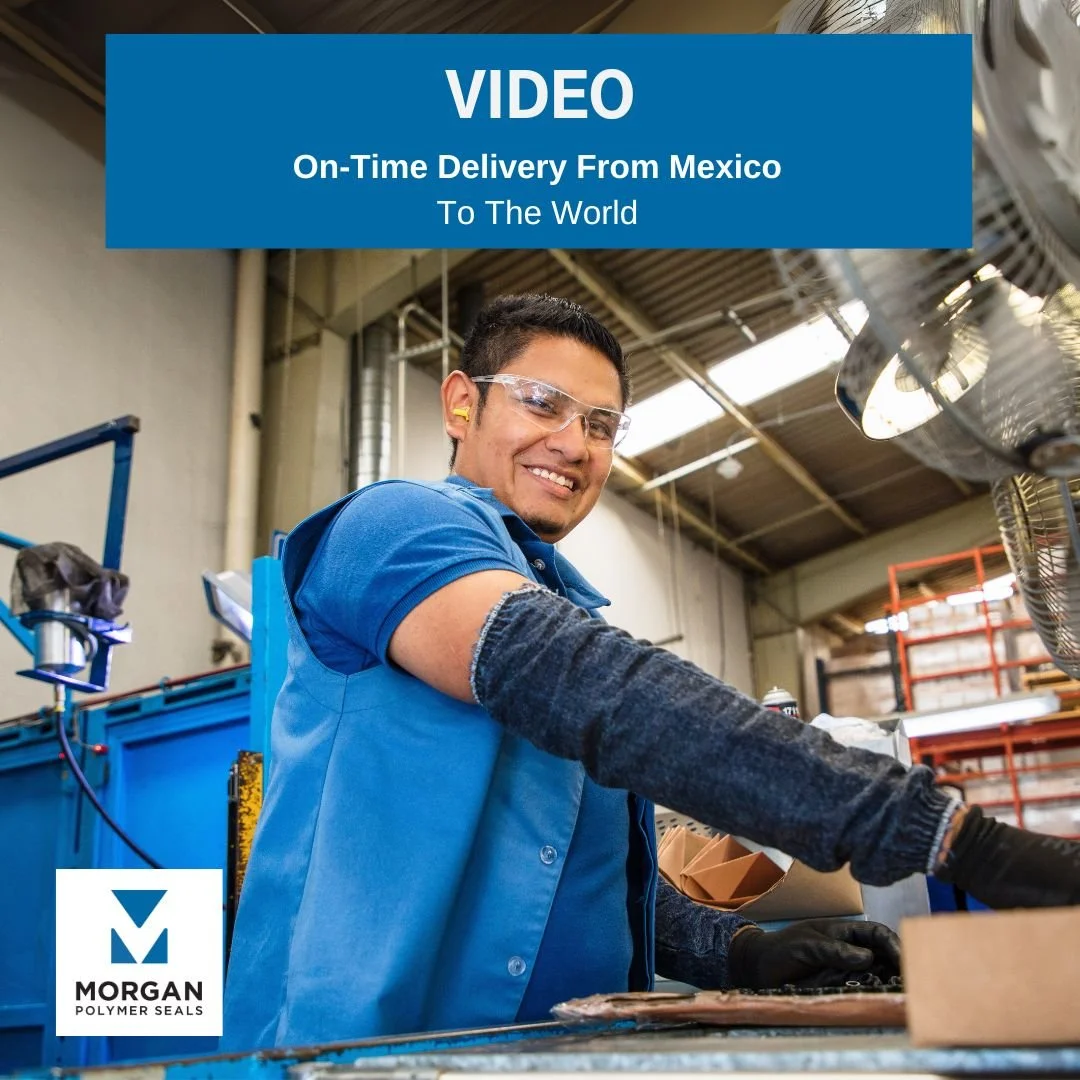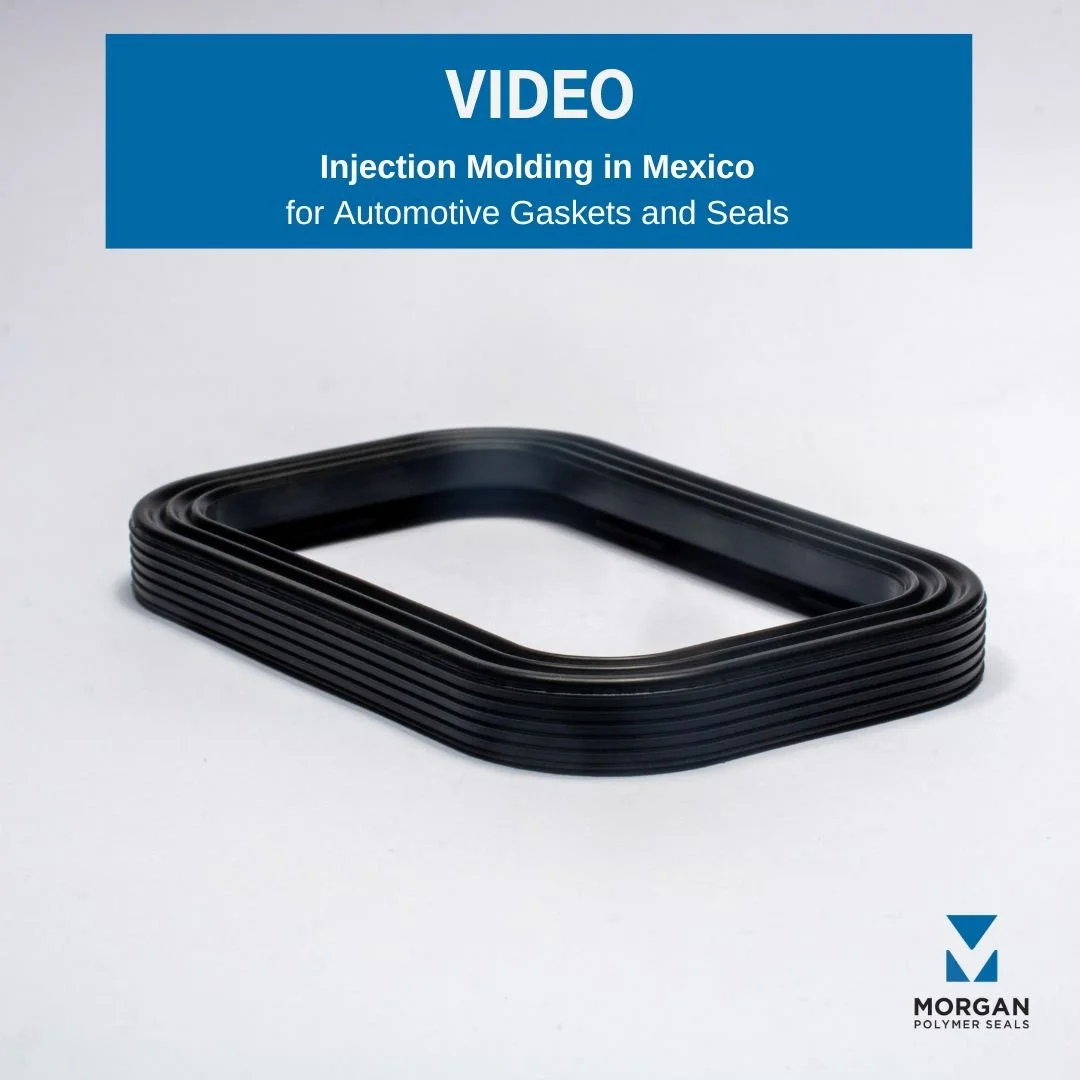M.A.G.I.C. is a proprietary vision inspection technology designed and built by our expert engineers to provide total and repeatable accuracy during the inspection process.
Read MoreEach year, we ship nearly 100 million precision-molded parts to OEMs around the world, and our commitment to excellence has earned us recognition from partners such as Ford and GM, who have honored us with 100% on-time delivery ratings year after year.
Read MoreInjection molding is one of the most reliable methods for creating durable, consistent gaskets and seals for our automotive OEMs around the world.
Read MoreCongratulations to our Quality Engineer, Ana Paulina Galaz, featured in this year’s class of Rubber News “Women Breaking The Mold”.
Read MoreWhat makes wasteless transfer molding a specialized process?
Read MoreThis gallery shows off some of our gaskets and seals molded with Hydrogenated Nitrile Butadiene Rubber (HNBR).
Read MoreThis gallery shows off some of our overmolded gaskets molded with Ethylene Propylene (EPDM).
Read MoreOvermolding is a specialized process. Here’s how we make overmolded gaskets and seals at our plant in Tijuana, Mexico.
Read MoreThis gallery shows off some of our overmolded gaskets molded with a combination of metal and rubber, including silicone, HNBR, FKM, and Vamac
Read MoreThis gallery is features (even more) seals made with self-lubricating high-consistency rubber silicone (HCR).
Read MoreSelf-lubricating (or Self-Bleeding or Oil-Impregnated) silicones are very helpful for seals that require reduced friction for various reasons.
Read MoreOvermolding combines multiple materials into a single part, and in this article you’ll find photos of some of the overmolded seals we make in Mexico.
Read MoreThis article includes a gallery of some of the AEM seals we manufacture in Mexico, followed by an explanation of key capabilities that help explain why we use AEM for automotive and industrial applications.
Read MoreThis article includes a gallery of some of the AEM seals we manufacture in Mexico, followed by an explanation of key capabilities that help explain why we use AEM for automotive and industrial applications.
Read MoreThis article includes a gallery of some of the ACM (Polyacrylate) seals we manufacture in Mexico, followed by an explanation of key capabilities that help explain why we use ACM for critical automotive applications.
Read MoreThis article includes a gallery of some of the LSR seals we manufacture in Mexico, followed by an explanation of key capabilities that help explain why we use LSR for critical applications, including overmolding.
Read MoreThis article includes a gallery of some of the FKM seals we manufacture in Mexico, followed by an explanation of key capabilities that help explain why we use FKM for critical applications.
Read MoreThis article includes a gallery of some of the HCR silicone seals we manufacture in Mexico, followed by an explanation of key capabilities that help explain why we use HCR silicone for critical applications.
Read More















